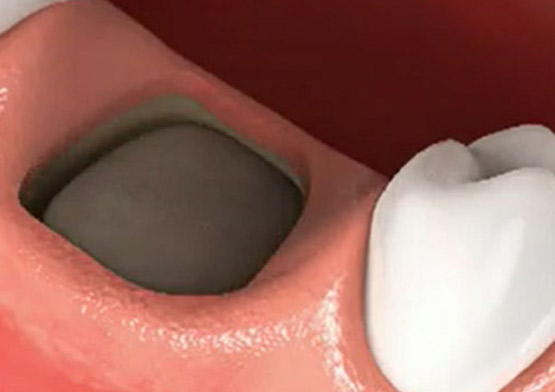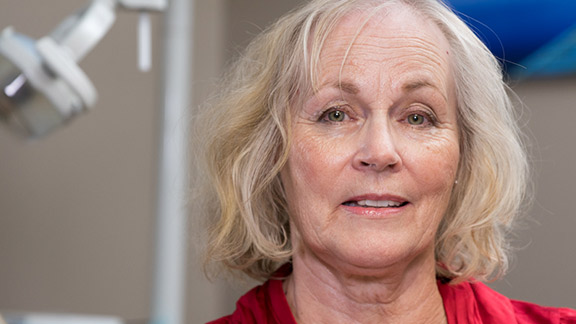Jaw Bone Loss—A Result of Missing Teeth
Missing one or more teeth can lead to more than a change in the aesthetics of your smile. Did you know that without a healthy tooth in place, the jaw bone is no longer stimulated and can actually deteriorate? It only takes one year for bone volume to decrease by 25 percent if a tooth is lost or extracted. In more serious cases, significant bone loss can occur, causing the jaw bone to recede enough to alter your bite and change your facial appearance. One major consequence of significant bone loss is the inadequate bone structure needed to support a dental implant. Our team is highly specialized in restoring lost bone with bone grafting procedures so you can qualify for dental implants.
Bone Loss Can Be the Result Of
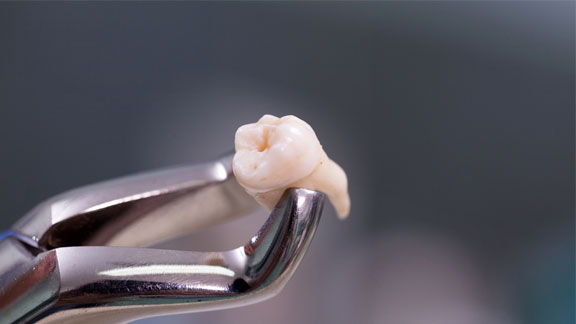
Tooth extractions
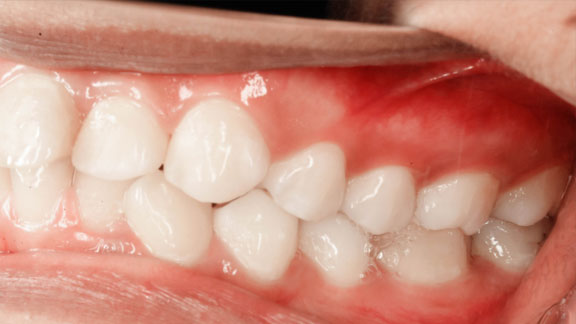
Untreated periodontal (gum) disease

Oral trauma
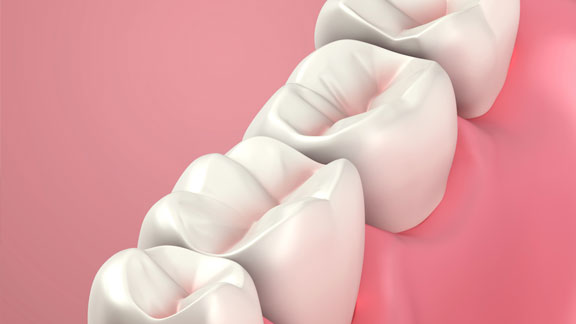
Tooth misalignment
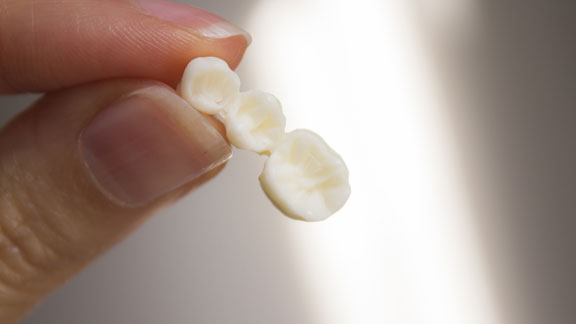
Dentures or bridges
How Does Bone Grafting Work?
During a bone grafting procedure, Dr. Segal will take healthy bone from your own body or material from a donor source and place it at the location of the bone loss. He will then place a collagen membrane over the area to encourage healing and carefully suture the gums in place. Over the next few months, the bone graft material will fuse together with the existing bone. This healthy, new structure should be strong enough to support a dental implant. Occasionally, a sinus lift is needed if there is insufficient bone in the upper jaw. The procedure involves gently lifting the sinus membrane to add bone grafting material underneath. This will ensure there is adequate room for a dental implant to be securely placed in the area around the sinus cavity.
Care that Is “Head and Shoulders” Above the Rest
Replacing missing teeth with dental implants helps improve oral health and ensures your jaw bone is stimulated for continued growth. If it has been years since a tooth was pulled or lost, you may be a candidate for a bone graft prior to dental implant placement. Dr. Segal has successfully performed countless grafting procedures and is dedicated to providing our patients with the highest quality of care. He offers IV sedation, in addition to local anesthesia, to ensure all patients are comfortable and experience virtually no pain during their bone graft procedure.

